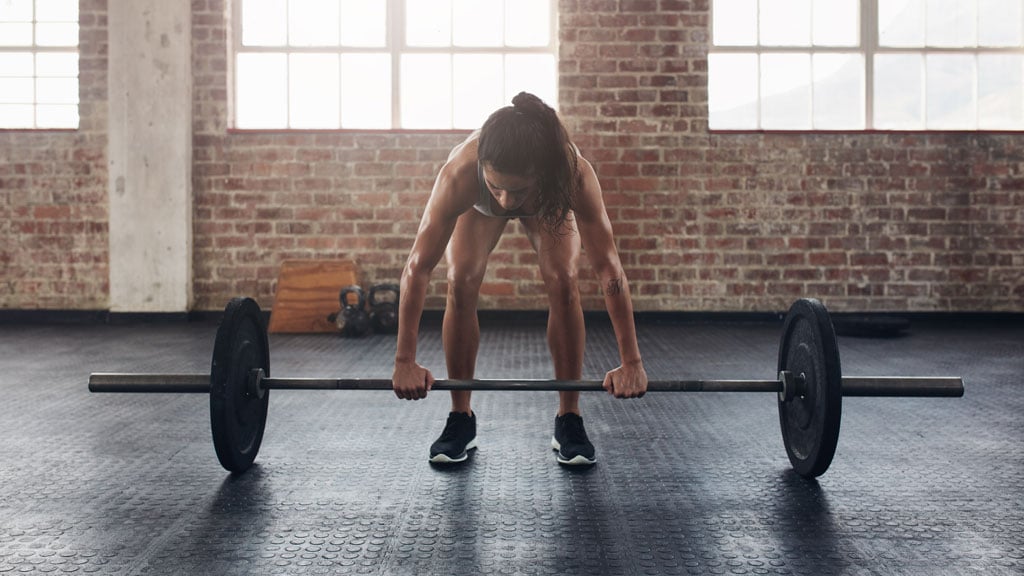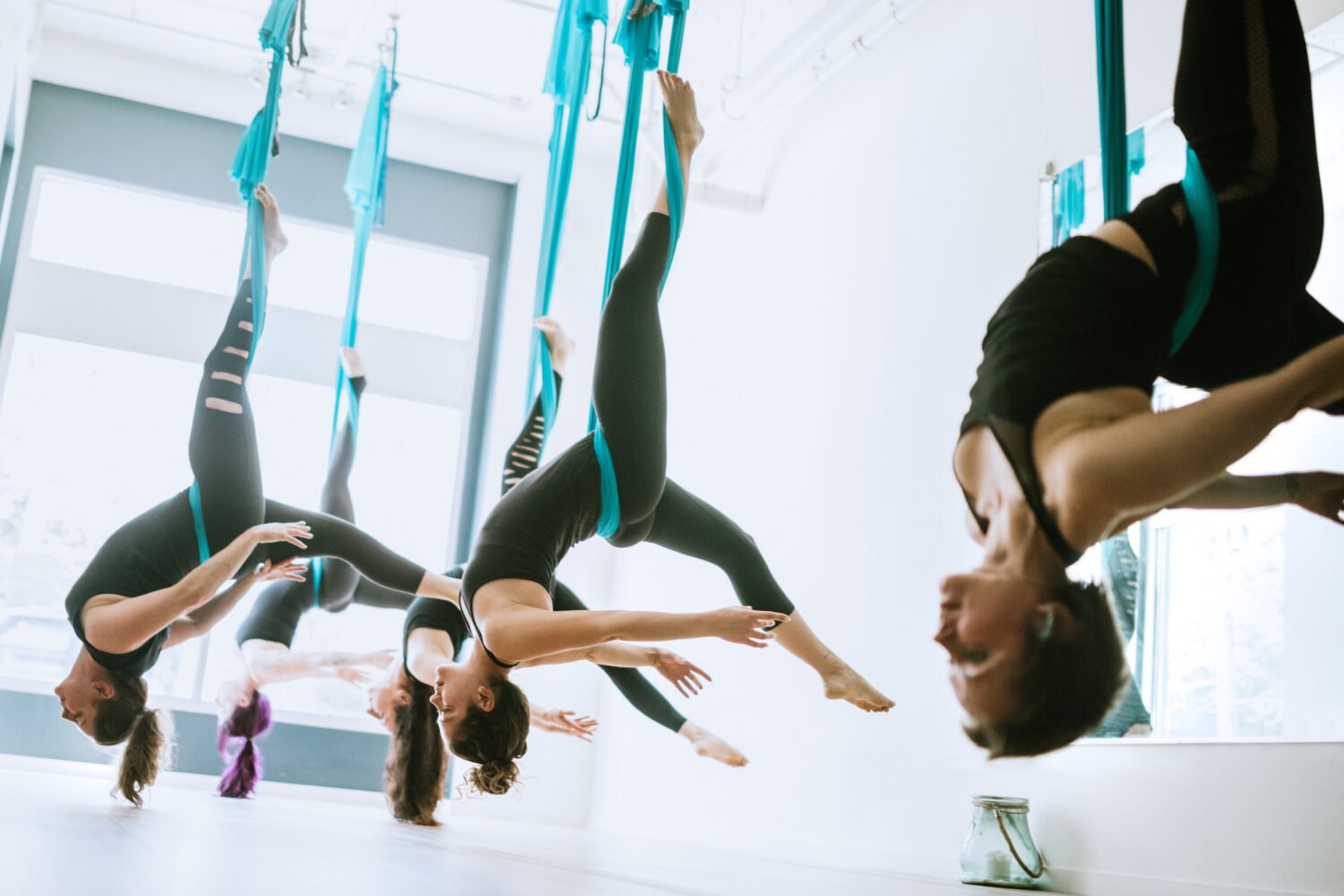I’ve been a runner for over ten years, but I’ve only recently started doing strength training. The sad thing is, as a woman, I never really felt like lifting weights was for me. But it’s a crying shame, because there’s a ton of benefits to be found in lifting heavy things. For starters, it can help build bone density and muscle, the tissue that helps you burn more calories at rest.
Unlike running, where you can put on some sneakers and go, weight training can be intimidating—especially if you feel like you have no idea what you’re doing. But incorporating strength training into your workout routine doesn’t have to be complicated, or even all that time consuming. Ali Gelani—the trainer behind Perfect Fit PT and whose client list is overwhelmingly female—has some tips for beginners who want to get stronger.
Wear the right shoes.
When it comes to what you wear for lifting, the only piece that really matters is your shoes. Gelani recommends cross trainers, rather than running shoes, for added stability.
Invest in a foam roller.
For preventing injury, Gelani recommends foam rolling before and after. If the words “foam roller” have you like huh? don’t worry—the simple fitness tool can be purchased on Amazon, and foam rollers like this one come with a free video to show how you can use it for stretching and massaging your muscles.
Get comfortable with the moves first.
Don’t pick up a heavy dumbbell and try to start doing chest presses right off the bat—you first need to make sure you’re comfortable with the movement so you don’t hurt yourself, says Gelani. In regards to what constitutes “heavy,” it really depends on how strong you are currently—Gelani says he has female clients that do bench presses with weights ranging from ten pound dumbbells to 50-pound dumbbells in each hand. But if you’re new to lifting, start with the ten-pound dumbbells. “You have to own it before you can load it,” says Gelani. After about three weeks of getting comfortable, you can start trying heavier weights to challenge yourself.
Find your weight zone.
Weight lifting shouldn’t bring your muscles to exhaustion on the first repetition. “Select a weight that on your perceived rate of exertion—on a scale of one to ten, ten being extremely difficult, one being extremely easy—it’s about a seven to maybe a nine.” You should plan to do ten to 15 repetitions of each exercise (with the exception of abdominal exercises, for which Gelani recommends 20 to 30 reps). You should be hitting that seven to nine sense of exertion on the last rep—not the first. If your muscles are screaming by your fourth repetition, you’re probably lifting too heavy. Additionally, if you’re still sore several days after your workout, you might be lifting too heavy.
Think in 3-D.
“Three dimensional means the three planes of the human body, which is your frontal, sagittal, and transverse,” says Gelani. “For a workout to be sound it kind of has to go the three different planes of motion in order for the body to be really worked.” To create a three dimensional workout, it’s important to include moves that require you to move in different directions. A good move that can engage multiple planes is a forward lunge with a dumbbell curl and press, says Gelani.
Don’t be afraid of the machines.
While you can get in a great workout using dumbbells, machines have some advantages: They can be used to isolate certain muscles and they can be safer (you’re unlikely to drop anything on your foot, for instance, while using a machine). Machines are also useful for “pull” exercises, where you’re pulling weight towards you (such as a lateral pull-down machine or a row movement) as opposed to “push” exercises, where you are pushing the weight away (such as a chest press). Because push and pull exercises use different muscles, Gelani recommends using both in your workout.
Start with a basic plan.
Having a plan when you enter the gym might help you feel more comfortable. To set up your beginner’s workout, Gelani recommends picking four exercises that work every part of the body—a push movement for the upper body, a pull movement for the upper body, an abdominal exercise, and a leg exercise. An example of these could be: a chest press, a machine row, a crunch or plank, and a lunge or leg press on a machine. For each of the four exercises, you’d do ten to 15 reps—counting to two or three on the way up and on the way down, not swinging the weights around quickly. You’d then repeat the set two to three times.
This is a pretty simple design, to get you started—for a more customized plan, you’ll want to get an expert’s take on what works best for your specific body type. In general, though, weight training can benefit you without you needing to dedicate a ton of time: “You don’t need to work out six hours a day to build muscle,” says Gelani. “You only need to work out for 30 to 40 minutes three days a week to build muscle.”




















